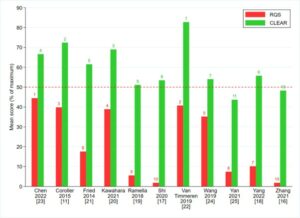This article provides an overview of the history of AI methods for radiological image analysis with the aim to deliver a context for the latest developments. The functioning, strengths and limitations of more classical methods and the more recent Deep Learning techniques are reviewed. In order to highlight the potential of AI in radiology, but also the constraints of certain AI methods, the unique characteristics of medical data and medical science are discussed. Finally, this study provides a comprehensive perspective on the potential impact of AI to Radiology, and on how to evaluate it from a technical and clinical point of view.
Key Points:
- Artificial intelligence (AI) research in medical imaging has a long history
- The functioning, strengths and limitations of more classical AI methods is reviewed, together with that of more recent deep learning methods.
- A perspective is provided on the potential impact of AI on radiology and on its evaluation from both technical and clinical points of view.
Authors: Peter Savadjiev, Jaron Chong, Anthony Dohan, Maria Vakalopoulou, Caroline Reinhold, Nikos Paragios and Benoit Gallix













